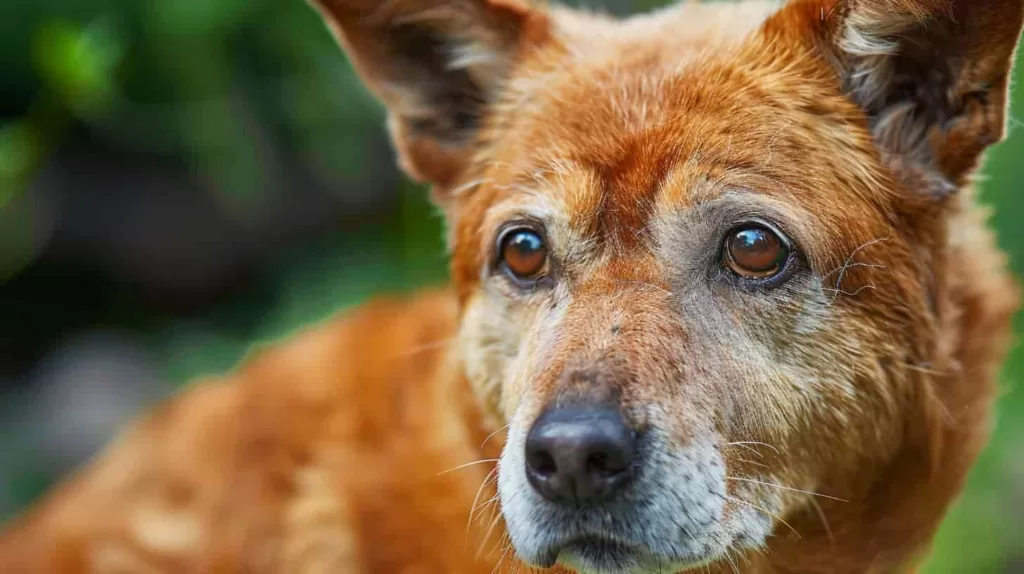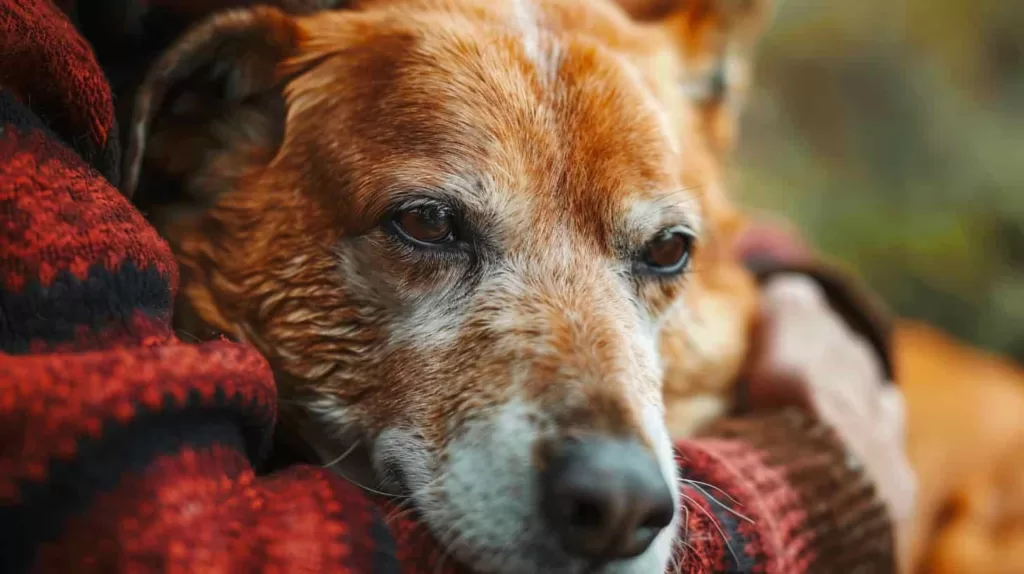Paris, France
Accompanying a dog throughout its life is a deeply enriching experience for many owners who are passionate about the canine breed. Therefore, it is essential to recognize the signs that our beloved companion is nearing the end of his or her life. Understanding the symptoms, behaviors and needs of our faithful companions at this late stage of their lives is of paramount importance to providing them with the comfort and support they need. This article aims to enlighten dog owners on these aspects, in order to facilitate a peaceful and respectful transition to the final stage of their beloved dog's life.
Symptoms Revealing End of Life in Dogs
As our dogs age, it is necessary to be alert to the signs and symptoms that indicate they are entering their terminal phase. The most common physical signs include loss of appetite, there weightloss sudden onset, lethargy, difficulty moving and breathing problems. Sometimes symptoms such as chronic pain, tumors, neurological disorders or gastrointestinal disorders may also occur. Vigilance is required to detect these early signals, as this allows us to take appropriate measures to relieve the suffering of our companions.

Understanding the Symptoms and Adapting Visual Care for Optimal Well-being
Vision problems such as cataracts can be significant challenges for our canine companions at the end of life. Cataract, a clouding of the lens of the eye, is a common condition in older dogs. Owners may notice a gradual decrease in their dog's vision, most often accompanied by signs such as opaque pupils or a milky appearance in the eyes. These symptoms can not only affect the dog's quality of life, but also influence their behaviors. A dog with cataracts may appear disoriented, hesitant in his movements and less responsive to visual stimuli.
In these situations, it is imperative to consult a veterinarian to assess the severity of the cataract and discuss management options, in order to alleviate possible pain and maintain harmonious interaction with its environment despite visual challenges. An operation is possible if your dog is not too old.
Paying close attention to behavioral changes related to vision loss will allow owners to provide the support needed so their dog can live out their final days as comfortably as possible.
Emotional and Social Behaviors of Dogs at End of Life
In addition to physical signs, it is helpful to understand the behavioral changes that dogs at the end of their life may exhibit. They may become more withdrawn, less interested in daily activities and social interactions, and may even show signs of emotional distress. Some dogs may seek comfort from their owners more strongly, while others may prefer to retreat to a quiet, secluded area. Understanding these behavioral changes allows owners to respond to their companion's emotional needs during these delicate times.

Supporting the Dog's Physical and Emotional Needs at the End of Life
The well-being of a dog at the end of its life depends on the special attention and care given to it. They need a calm environment and soothing, physical comfort and emotional, and constant support from their family. Ensuring easy access to fresh water, easily digestible food and comfortable resting places is essential. Indeed, offering affection and reassurance sessions can help relieve their anxiety and strengthen their emotional bond with their family. It is also important to work closely with a veterinarian to assess the animal's pain management and quality of life, to ensure a optimal comfort until the end of his life.
In conclusion, supporting a dog at the end of its life requires a deep understanding of its symptoms, its behaviors and its needs. By paying attention to these elements, owners can provide their companion with a respectful and loving transition to the next stage. Their caring presence and unconditional support remain the essential pillars to ensure that our canine companions live their last moments with the dignity and comfort they deserve.


